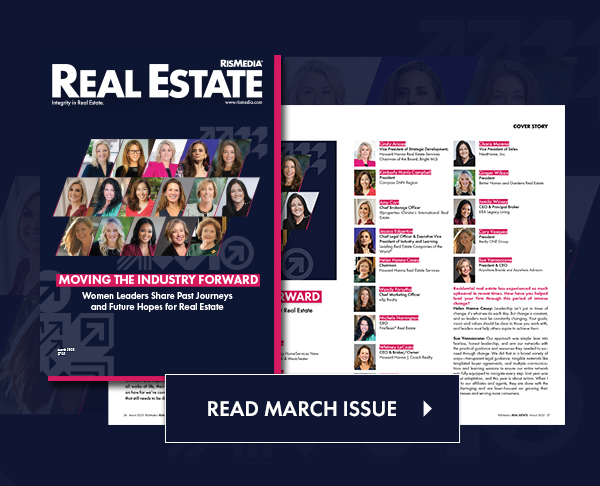RISMEDIA, February 1, 2010—Last week we looked at the brief history of the mobile phone and its 0-60-mph transition from utility to brand recognized phenomenon and beyond. Just this week, T-Mobile released its new ad campaign featuring Eric Clapton in which they referred to their MyTouch Fender device as “Not just a phone, a collector’s item.” Our cellular telephones now allow us to make phone calls no matter where we are, but people are doing that less and less. Since 2008, U.S. subscribers are sending more text messages than they are making phone calls on a monthly basis. In essence, we are witnessing a shift in the way people communicate.
The first instance of this communication shift was seen during the dawn of the Internet. Applications like AOL and Prodigy allowed users to instant message or chat with friends, strangers, even people in other parts of the world right on your computer screen. You could even talk to multiple people at once (or ignore people, often a much-overlooked feature). As these applications became obsolete due to the advances Internet technology, the one surviving feature has been the instant message. The text message is the instant message for your mobile device. And as mobile subscribers have surpassed Internet subscribers, text messaging has also become the preferred method of communication for the majority.
And why wouldn’t it? It’s quick; it’s easy, and it goes directly to the device that never leaves your side (thanks, belt clip). In addition to all the aforementioned benefits, you can pick and chose which to respond to and in your preferred order, without making anyone feel insulted (as is the case when you ignore their phone call). My business partner and CEO of Mobile Card Cast, John Lim, has made the claim time and again that Google has made us all real-time junkies. We want information now, not in an hour or tomorrow, now. For example, if I am having a conversation and I need an address or a phone number, I don’t ask the person I’m talking to if they can call me and leave me a message with the info, I simply tell them to text me. Text messaging is the most immediate way to send and receive information and has the least barrier to entry.
The immediacy that texting provides has been taken to the next level through the use of short codes. A short code is a short phone number (i.e. 88500) that is easy to remember and most commonly used for the purposes of sending and receiving text messages. They allow for automatic and instant replies when a message is sent to them.
There is no better example to illustrate the combination of immediacy and ease of communication that texting provides than the recent donations that have been made to the relief effort in Haiti via text. Just one day after the massive quake, musician Wyclef Jean’s grass roots campaign generated over $400,000 in donations (in $5 increments equating to over 80,000 texts), by asking people to text the word Yele to 501501. As of January 19, The Red Cross had raised over $22 million and the Mobile Giving Foundation reported total donations via text in excess of $27 million. That’s only 7 days after the quake; telethon who?
The shift in communication we are witnessing, clearly illustrated by the overwhelming amount of money raised for Haiti just goes to show that when people are motivated, to help, win, join, or buy, the quickest and most efficient way to facilitate those actions is through text message. Gone are the days of jotting down a web address or phone number to use when you get home. The simplicity and availability provided by our mobile devices and text messaging allows motivated parties to instantly act on impulse and businesses across all verticals are finding ways to capitalize on it. Within 15 seconds we can pull out our mobile device, create a text message and hit send. Fans can text to vote on live TV shows, customers in stores can text for coupons, can motivated buyers text for property info on your listings?
Seth Kaplan is the president of Mobile Real Estate ID. For more information, visit www.mobilerealestateid.com.










